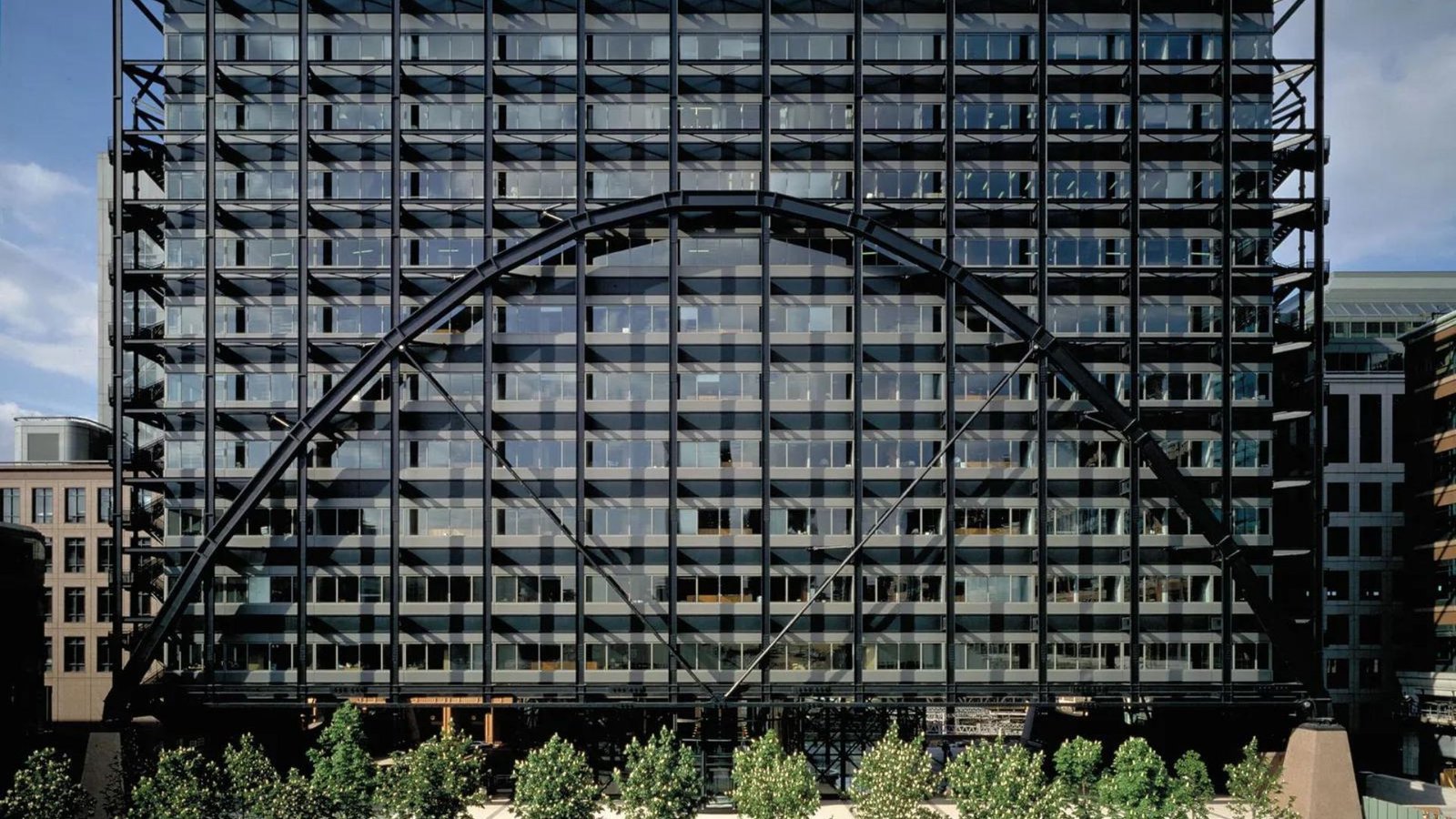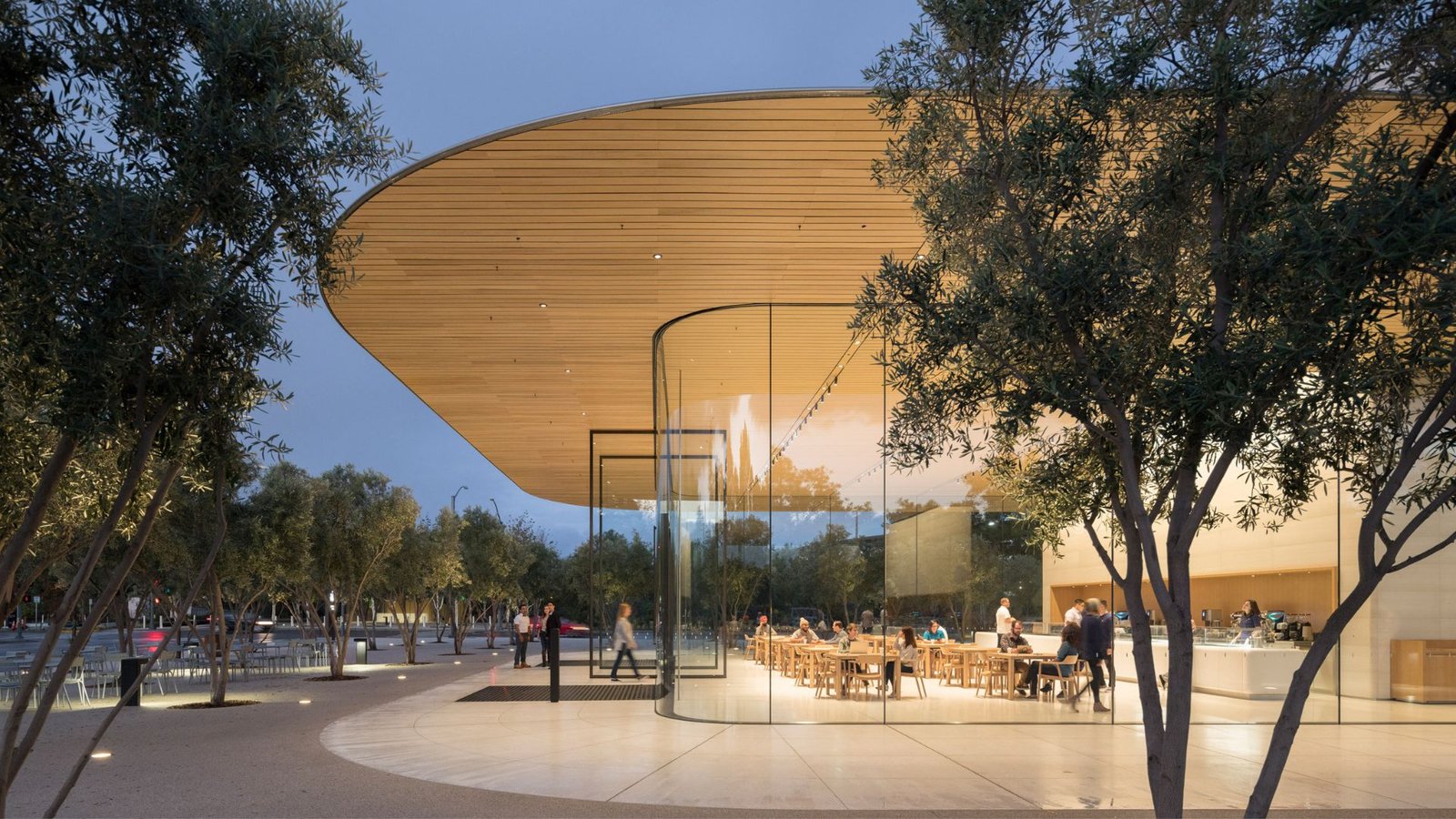Best Architectural Firms in the World
Have you ever wondered which architectural firms are leading the way in designing iconic buildings worldwide? From skyscrapers to cultural landmarks, these firms shape the skylines of cities and redefine modern architecture. Let’s give you some of the best architectural firms renowned for their innovative designs and global influence.
Criteria for Top Architectural Firms
They often influence trends in architecture and inspire new generations of architects.
1. Skidmore, Owings & Merrill (SOM)
Skidmore, Owings & Merrill (SOM) is a prominent architectural firm known for its expertise in designing tall buildings and large-scale projects. Founded in 1936, SOM has created numerous iconic structures worldwide, including the Burj Khalifa in Dubai and One World Trade Center in New York City.

Transition: With a focus on sustainability and innovation, SOM continues to shape the future of urban landscapes.
2. Foster + Partners
Foster + Partners is a global architectural firm recognized for its pioneering designs and sustainable architecture. Founded by Sir Norman Foster in 1967, the firm has designed iconic buildings such as the Hearst Tower in New York and the Millau Viaduct in France.
Transition: Known for integrating advanced technology into their designs, Foster + Partners remains at the forefront of architectural innovation.
3. Gensler
Gensler is one of the largest architectural firms globally, renowned for its diverse portfolio and collaborative approach. Established in 1965, Gensler has offices in over 50 cities worldwide and has designed landmark projects like the Shanghai Tower and the Salesforce Tower in San Francisco.
Transition: With a commitment to sustainability and human-centric design, Gensler continues to influence the built environment on a global scale.
4. Renzo Piano Building Workshop
Founded by Renzo Piano in 1981, the firm has created iconic structures like The Shard in London and the Centre Georges Pompidou in Paris.
Transition: With a philosophy rooted in functionality and environmental sensitivity, Renzo Piano Building Workshop continues to shape modern cities with timeless architecture.
5. Bjarke Ingels Group (BIG)
Bjarke Ingels Group (BIG) is known for its innovative and playful architectural designs that blend sustainability with bold aesthetics. Founded by Bjarke Ingels in 2005, the firm has designed projects like the Amager Bakke Waste-to-Energy Plant in Copenhagen and VIA 57 West in New York City.
Transition: BIG’s approach to architecture focuses on creating socially and environmentally conscious buildings that engage with their urban context.
6. Herzog & de Meuron
Founded by Jacques Herzog and Pierre de Meuron in 1978, the firm has designed iconic structures such as the Tate Modern in London and the Bird’s Nest Stadium in Beijing.
Transition: With a commitment to craftsmanship and contextual sensitivity, Herzog & de Meuron continues to influence contemporary architecture worldwide.
7. OMA (Office for Metropolitan Architecture)
OMA (Office for Metropolitan Architecture) was founded by Rem Koolhaas in 1975 and is known for its bold and unconventional designs. The firm’s notable projects include the CCTV Headquarters in Beijing and the Seattle Central Library.
Transition: OMA’s approach challenges traditional architectural norms, emphasizing research and innovation in urban planning and design.
8. SANAA (Sejima and Nishizawa and Associates)
The firm won the Pritzker Prize in 2010 and has designed the New Museum in New York City and the Rolex Learning Center in Switzerland.
Transition: With a focus on lightness and openness, SANAA’s designs blur the boundaries between architecture and nature.
9. MVRDV
Founded in 1993, the firm has designed projects such as the Markthal Rotterdam and the Tianjin Binhai Library in China.
Transition: MVRDV’s designs often incorporate bold colours and unconventional forms, challenging traditional architectural principles.
Conclusion
In conclusion, these architectural firms stand out for their visionary designs, sustainable practices, and global impact on the built environment. From skyscrapers to cultural landmarks, each firm brings a unique perspective to modern architecture, pushing boundaries and redefining urban landscapes. As they continue to innovate and inspire, these firms play a crucial role in shaping the future of architecture for generations to come.
Choosing the right architectural firm can make all the difference in creating a building that not only meets functional needs but also becomes a symbol of innovation and beauty in its environment.


